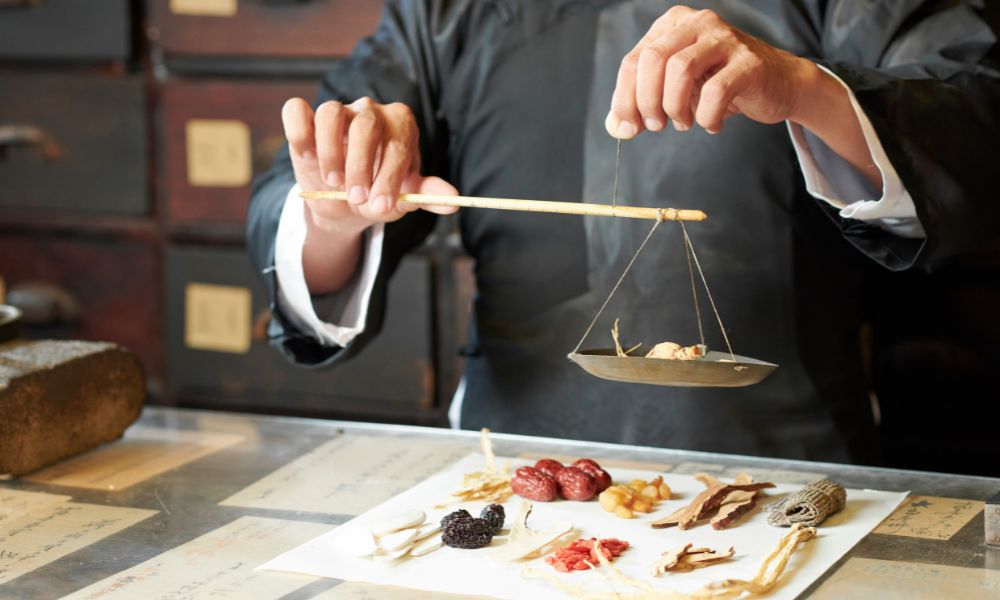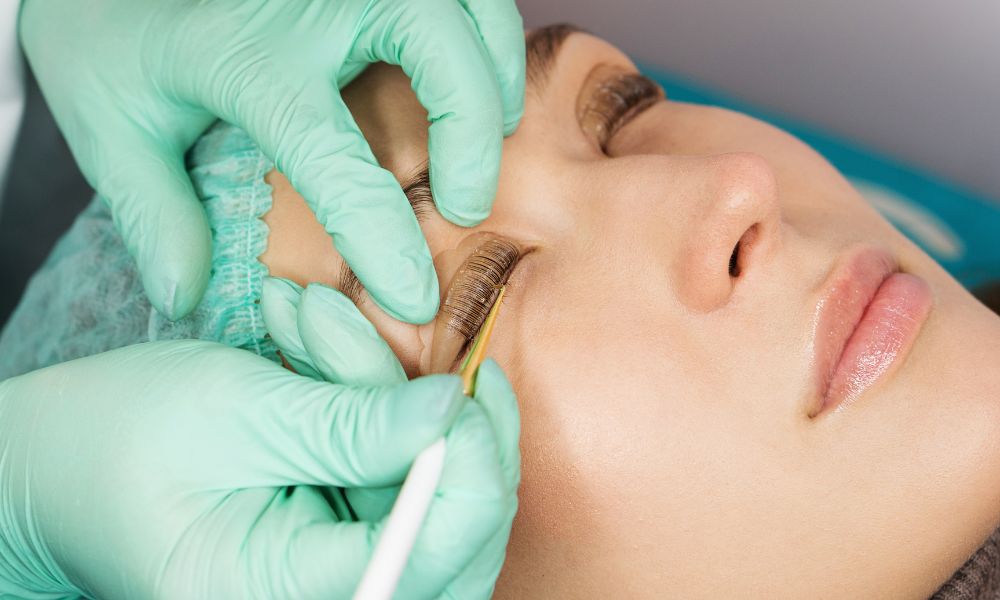
Medicinal mushrooms are extremely popular, and for a good reason. They have a ton of health benefits. They are great for gut health and full of antioxidants. Some of them can even improve eyesight. However, many people don’t know that they have a long and varied history in the sphere of traditional Chinese medicine—or TCM for short.
What Is Traditional Chinese Medicine (TCM)?
TCM is a branch of medicine that originated in China. The art form is over a thousand years old and addresses a wide range of healing modalities. People interested in TCM have a cornucopia of healing methods to choose from. They can work with tai chi, dietary therapy, acupressure, acupuncture, and qi gong to heal their body and nourish their soul.
While Western medicine focuses solely on the body, TCM focuses on the entire human being, both external and internal. It provides a holistic approach that you don’t typically see in the West, addressing the entire person rather than just one aspect. Let’s look deeper at the function of two types of mushrooms in traditional Chinese medicine.
Reishi Mushrooms
Whether you choose to forage your mushrooms or cultivate them, the traits of various mushrooms are the same. Reishi mushrooms are a part of the Ganoderma family. Although the traditional Western conception of reishi is a fungus, in TCM, it’s an herb. This herb is useful for calming the spirit and nourishing the heart.
According to TCM practitioners, it cools the “heat” of nervous energy and treats heart palpitations, forgetfulness, and nervousness. You can consume it in many ways, from slicing it into small chunks and using it for tea to extracting its essence and making tinctures. You can also make capsules.
Cordyceps Mushroom
Since TCM differs from traditional healing modalities, they classify cordyceps as a tonic, not a mushroom. It strengthens the body in many ways, especially the kidney. Often, TCM practitioners use it to help with respiratory issues like chronic lung disorder, asthma, and wheezing. It also helps with lower back pain and any chronic disease related to a deficiency in the body. It’s an incredibly nuanced mushroom used in traditional Chinese medicine.
These are just a few of the most popular mushrooms, but there are hundreds that practitioners use regularly. TCM has a lot of potential, both physically and psychologically.






